Stockmarkets rally, just as I forecast
The sharp rally in stocks caught the pundits by surprise, says John C Burford. But chart-following traders saw it coming.
Stockmarkets rallied hard on Friday following the Bank of Japan's (BOJ) desperate move to implement negative interest rates. This followed European Central Bank boss Mario Draghi's equally hopeful last throw of the dice in December to force EU headline consumer inflation up off the zero line.
The central banks' obsession with their 2% target has always been something of a mystery to me. When consumers are finally enjoying stable (and lower, in the case of energy) prices, why would anyone want to increase them again, given that wages and salaries remain stable? Of course, I do see why. It is because they want asset prices to be keptelevated. After all, central banks have gorged on bond buying and do not want to see their values plummet.
The stated 2% target is simply a red herring (which many pundits still take seriously). And in true knee-jerk fashion, stocks rallied hard.
Subscribe to MoneyWeek
Subscribe to MoneyWeek today and get your first six magazine issues absolutely FREE

Sign up to Money Morning
Don't miss the latest investment and personal finances news, market analysis, plus money-saving tips with our free twice-daily newsletter
Don't miss the latest investment and personal finances news, market analysis, plus money-saving tips with our free twice-daily newsletter
But I flagged this move beforehand.
In my postof last Wednesday, I supported my forecast for an imminent rally by invoking a classic example of the 'magazine cover indicator' (MCI) from Investors Chronicle: "Spotting sell signals how to profit from short selling".Remember, the MCI is a contrary indicator and indicates a probablechange in trend.
In fact, that wasn't the only example I found in recent days. As I scanned the media I found several more prominent articles explaining how to short stocks. To me, that indicated I was on the right track, bolstered as I was by my chart-reading analysis.
This is what I wrote on Wednesday: "Now their readership is short selling, this is the ideal time for a huge rally to take them out. The market's cruelty is almost beautiful to observe." And the market delivered right on cue.
Confirming the bearish sentiment among financial journalists, I mentioned that the Daily Sentiment Index (DSI) on the S&P 500 index has recently plunged to fewer than 10% bulls.
With this overwhelming bearish tone, the market was ripe for a huge counter-trend rally to take out many of the recent shorts.
Having prepared myself for this anticipated rally phase (and having taken partial profits on my shorts earlier), my task now is to identify its top. Because if I can do that successfully, I will have another great short trade working.
Let's look at the daily S&P chart with my Elliott wave labels:
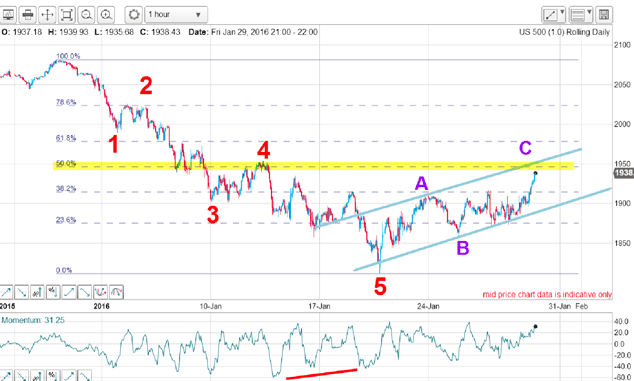
It closely resembles the Dow chart I captured before the big Friday up day:
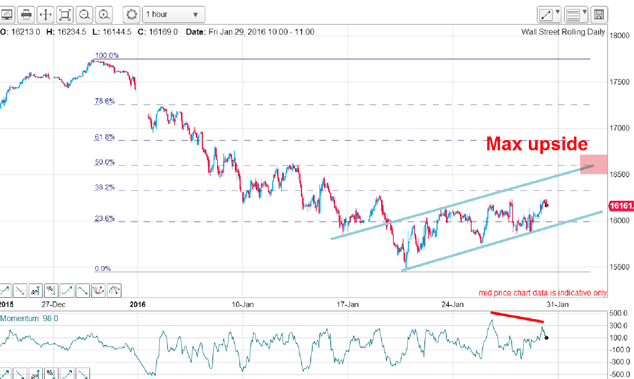
Here, my blue tramlines are a little more convincing. But the theme remains the same the rally should terminate in the area marked (or below).
In the S&P chart, I have a complete five down with a momentum divergence at the wave 5 low. Now the market is making an A-B-C relief rally and currently, is putting in the C wave.
And if I am right, the market is getting teed up for another huge leg down.
Time to take a step back and look at the bigger picture. Here is the Dow chart showing the May 2015 all-time high:
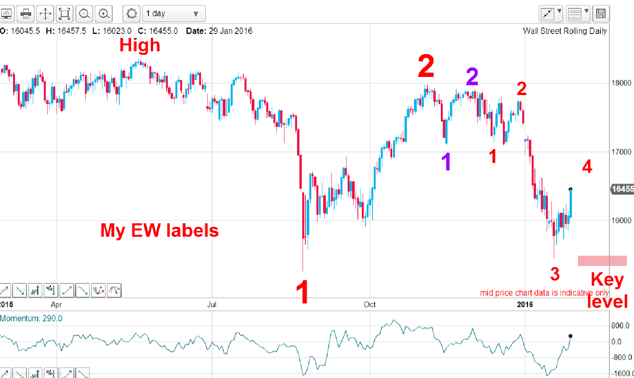
When enough shorts have been squeezed, the market should make its wave 4 high and resume its decline.
But the key level to watch is the pink area. If the market can break solidly below that, it would confirm the first five down (small red) to show the main trend really is down.
But there is another possibility (there always is!) and it is this: if the market does not violate that key area and moves higher to above the 17,000 level, the bear will be forced back into his cave. And the all-time high of 18,365 would be in danger of being exceeded.
I have maintained the view that during this bear market, small caps will be weaker than the Dow and S&P large caps as riskier stocks will be shunned in favour of the 'safe' large caps. Here is the Russell 2000 index of small caps:
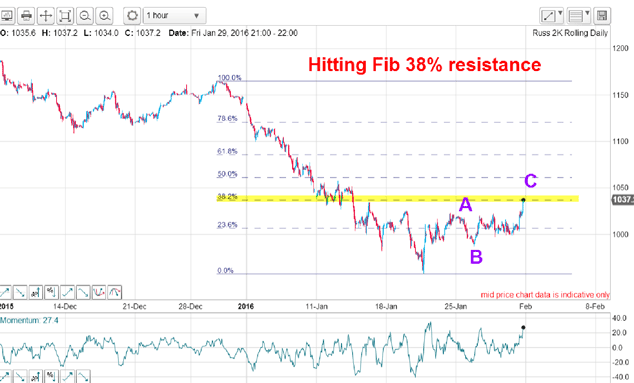
The current rally has hit the Fibonacci 38% level, way short of the near-50% level reached by the S&P. To me, that indicates that in the next bear phase, the small caps will lead the way again.
It is a little-known fact that whenever the Fed announced its various QE (quantitative easing) and ZIRP (zero interest rate policy) schemes since 2008, the US stockmarket made a significant high and sold off. It was the classic 'buy the rumour, sell the news' result. Will history repeat for the BOJ?
It would be a good time to do it here is the Nikkei 225 hourly chart:
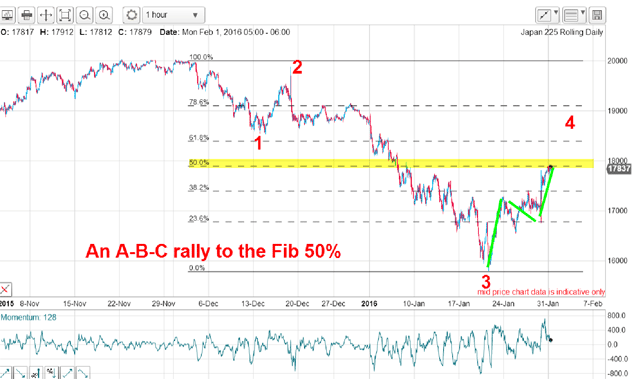
There is a lovely A-B-C rally right to the Fibonacci 50% level. Could this be it?
Get the latest financial news, insights and expert analysis from our award-winning MoneyWeek team, to help you understand what really matters when it comes to your finances.
John is is a British-born lapsed PhD physicist, who previously worked for Nasa on the Mars exploration team. He is a former commodity trading advisor with the US Commodities Futures Trading Commission, and worked in a boutique futures house in California in the 1980s.
He was a partner in one of the first futures newsletter advisory services, based in Washington DC, specialising in pork bellies and currencies. John is primarily a chart-reading trader, having cut his trading teeth in the days before PCs.
As well as his work in the financial world, he has launched, run and sold several 'real' businesses producing 'real' products.
-
 AJ Bell: a fine British fintech going cheap
AJ Bell: a fine British fintech going cheapOpinion Don’t overlook investment platform AJ Bell, a significantly undervalued British business with an excellent financial base
-
 How do stablecoins work – and are they risky business?
How do stablecoins work – and are they risky business?Stablecoins – cryptocurrencies backed by real assets – are all the rage and have been enthusiastically backed by Donald Trump’s administration. Are they a danger to financial stability?
-
 The pound could hit parity with the euro – but if it does, buy it
The pound could hit parity with the euro – but if it does, buy itFeatures Anyone visiting the continent this summer will have been in for a rude shock at the cash till, says Dominic Frisby. But the pound won't stay down forever.
-
Gold’s rally should continue
Features Matthew Partridge looks at where the gold price is heading next, and what that means for your online trading.
-
 Prudent trades in Prudential
Prudent trades in PrudentialFeatures John C Burford shows how his trading methods can be used for more than just indices and currencies. They work for large-cap shares too.
-
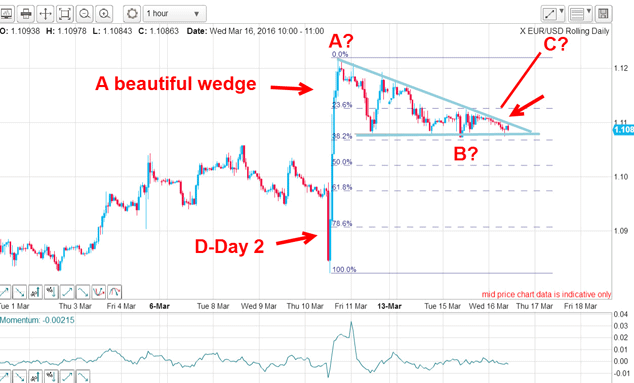 Did you find the path of least resistance in EUR/USD?
Did you find the path of least resistance in EUR/USD?Features John C Burford outlines a trade in the euro vs the dollar in the wake of the US Federal Reserve’s most recent announcement.
-
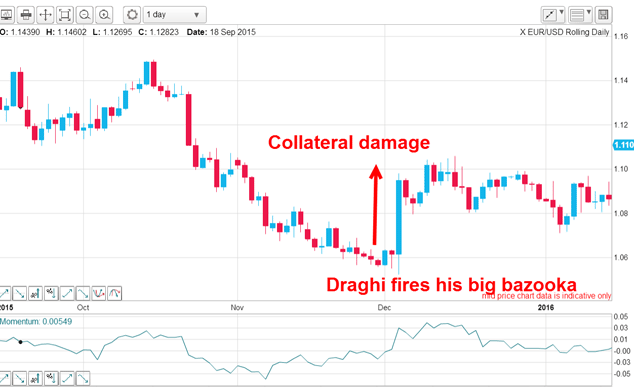 How to find the path of least resistance for EUR/USD
How to find the path of least resistance for EUR/USDFeatures A belief that "news makes the markets" would have lost you a lot of money betting against the euro, says John C Burford. Here's what to watch instead.
-
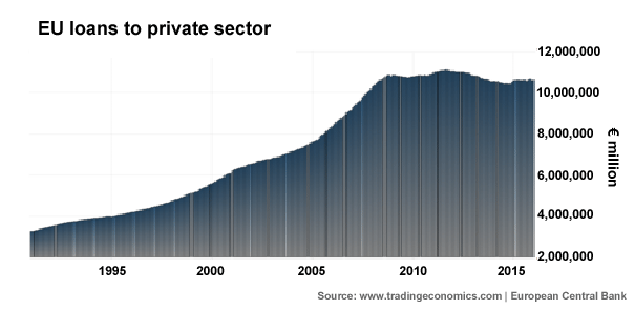 Lightning has struck twice in the euro
Lightning has struck twice in the euroFeatures Mario Draghi's latest stimulus package took the euro market by surprise, says John C Burford. But not chart-following swing traders.
-
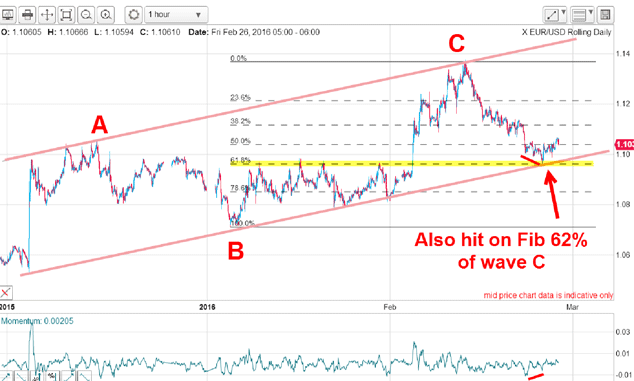 The euro finds support as sentiment plummets
The euro finds support as sentiment plummetsFeatures No need to wait for the European Central Bank announcement on Thursday, says John C Burford. Elliott wave theory tells you all you need to know.
-
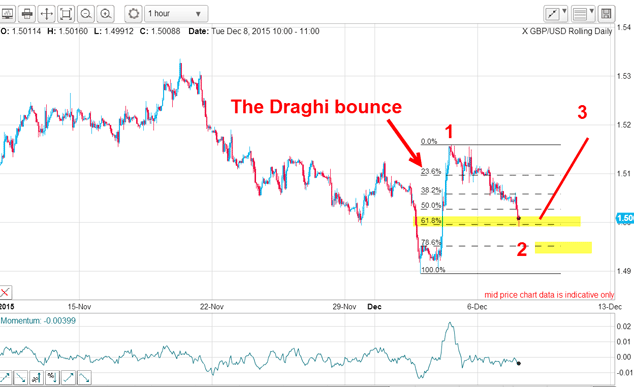 How I cashed in on the ‘Draghi Bounce’
How I cashed in on the ‘Draghi Bounce’Features John C Burford looks to profit from the effect of Mario Draghi’s interest rate decision on the pound versus the dollar.